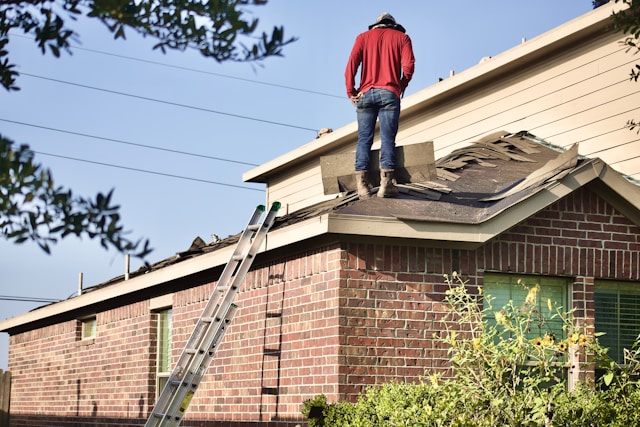Hair Transplant Recovery
There are several different ways to recover from hair transplant surgery. Some things to keep in mind include avoiding exposure to the sun, keeping your head covered, avoiding heavy-lifting objects, and washing your hair. The main goal is to ensure that your body has a chance to heal from the procedure.
Swelling
Hair transplant surgery is an invasive procedure. Swelling is one of the side effects that are normal following the operation. It is the body’s response to trauma and inflammation.
The swollen area will typically be in the forehead, but it may also affect the eyelids. Depending on the size of the incisions, the swelling could be limited to just the donor site or spread to the recipient site.
Swelling is a manageable problem. However, if you notice a lot of it or it is associated with pain, it’s a good idea to call your doctor. A cortisone injection may be the answer.
Washing your hair
For successful hair transplant recovery Fairfax VA, it is essential to follow a few simple steps. Following the surgeon’s instructions will help you avoid complications and ensure a successful outcome. Hairwashing is necessary to keep your transplant area clean and minimize discomfort.
Patients who have had hair transplant surgery should wait at least 48 hours before washing their hair. Washing your hair too soon after surgery can cause your grafts to fall out or dislodge. Being very gentle when washing your hair is also a good idea.
Scabs
You may have seen scabs on your scalp if you recently got a hair transplant. These scabs are an essential part of the recovery process. They protect the newly transplanted grafts from infection, and they also protect the wounds from drying out.
The scabs form in the days after the surgery but fall off naturally after a week or two. However, you should consult your doctor if they do not go away after this time. Picking at the scabs can make the wound worse.
The best way to prevent scabbing is to massage your scalp regularly. It will reduce healing time and also improve blood circulation.
Folliculitis
When a patient undergoes a hair transplant, they may develop folliculitis. This condition is a common problem after the procedure. It occurs when the newly grafted hair follicles become infected and inflamed.
Usually, folliculitis is caused by bacteria. But in some cases, it can also be caused by fungus. Depending on the cause, a person can be treated with oral and topical antibiotics.
Symptoms include small red bumps on the scalp and around the hair follicles. These bumps can be itchy and drain blood. The infection can worsen if a patient does not treat the folliculitis.
Avoiding sun exposure
It’s essential to avoid sun exposure during hair transplant recovery. Sunlight can damage new skin grafts and even cause hair follicles to die. In addition, it can affect your skin color and create scars.
The sun can also penetrate the deeper layers of your scalp, which may take longer to heal. Your doctor will also recommend wearing a hat to protect your transplanted scalp from the elements. It should be a light and loose-fitting hat.
During the first three months after a hair transplant, it is critical to take extra precautions to protect the newly transplanted grafts from the sun. Using specific ointments and sunscreens can speed up the process and help the area heal.
Avoiding heavy lifting
When planning for a hair transplant, numerous important variables exist. The most important one is to take care of your grafts. Not only is the new hairline very vulnerable, but the follicles are also sensitive to factors like weather and hair styling. If the grafts are not adequately taken care of, the results could be disastrous.
Seeking professional advice on the best method to handle your grafts is advisable. Avoiding vigorous activities for a couple of weeks is a good rule.
Taking care of your new hair
After a hair transplant, your new follicles are still vulnerable for a few weeks. To protect your hair, you must take careful care of it. Aside from regular shampoo, using a thick moisturizing conditioner would be best. It will significantly decrease the chance of scabbing.
It would be best if you also avoid high-impact activities. These could include heavy lifting, contact sports, and exercising.
When ready to resume regular activities, you should wash your hair as usual. You can use your favorite shampoo or one prescribed by your doctor. But don’t wash it for more than two hours, and don’t touch your scalp during the washing process.



